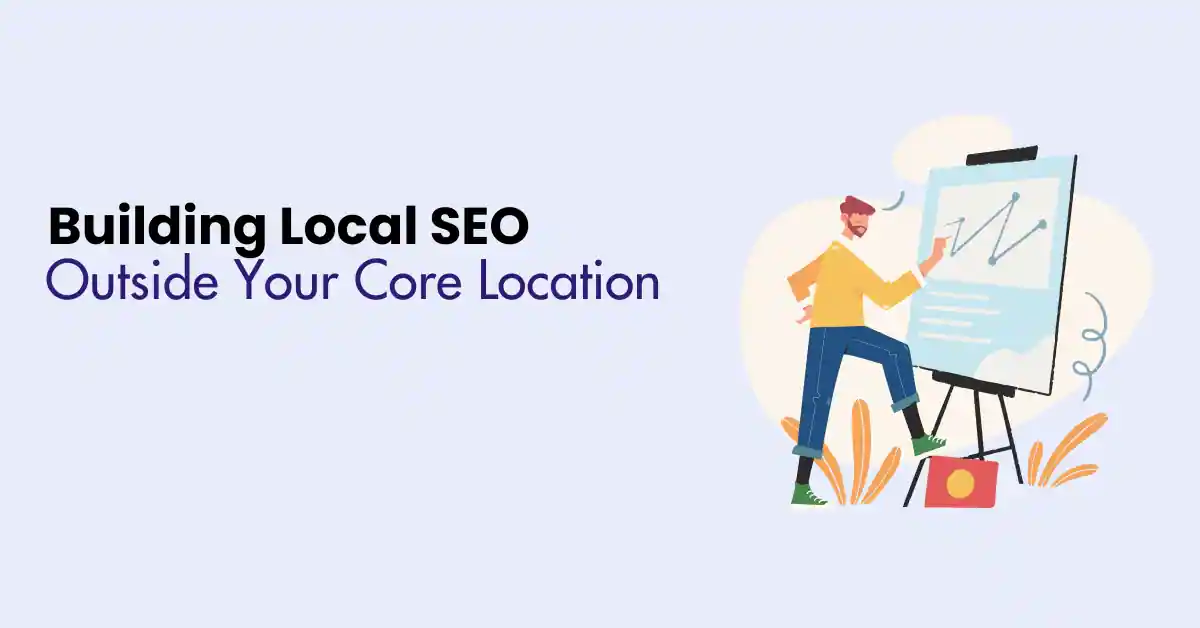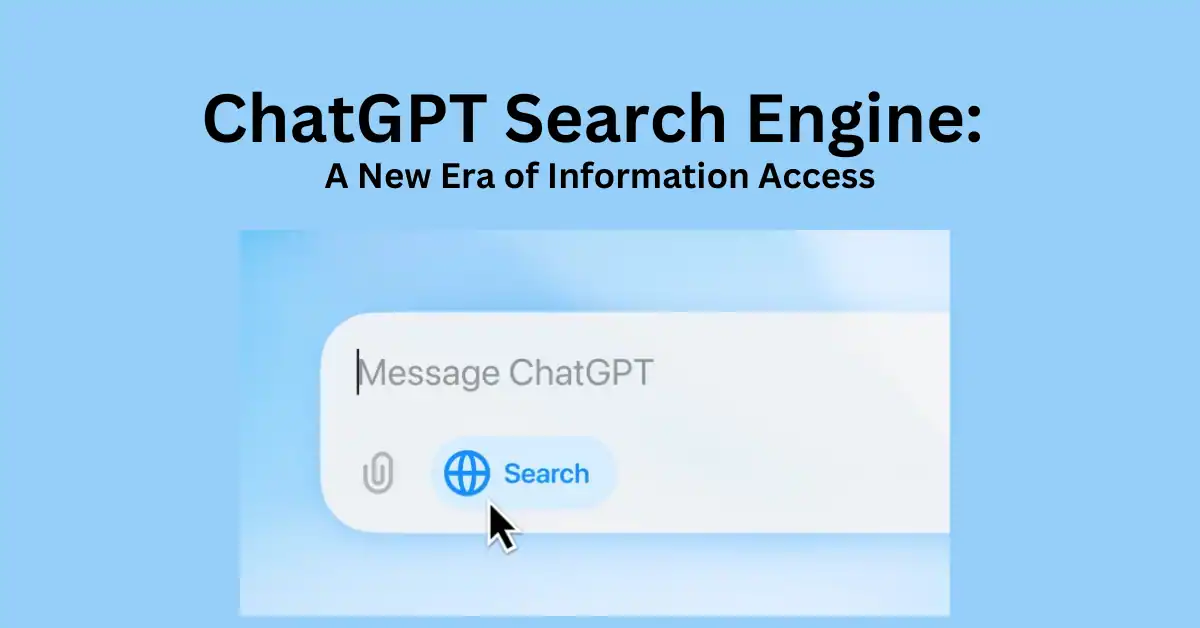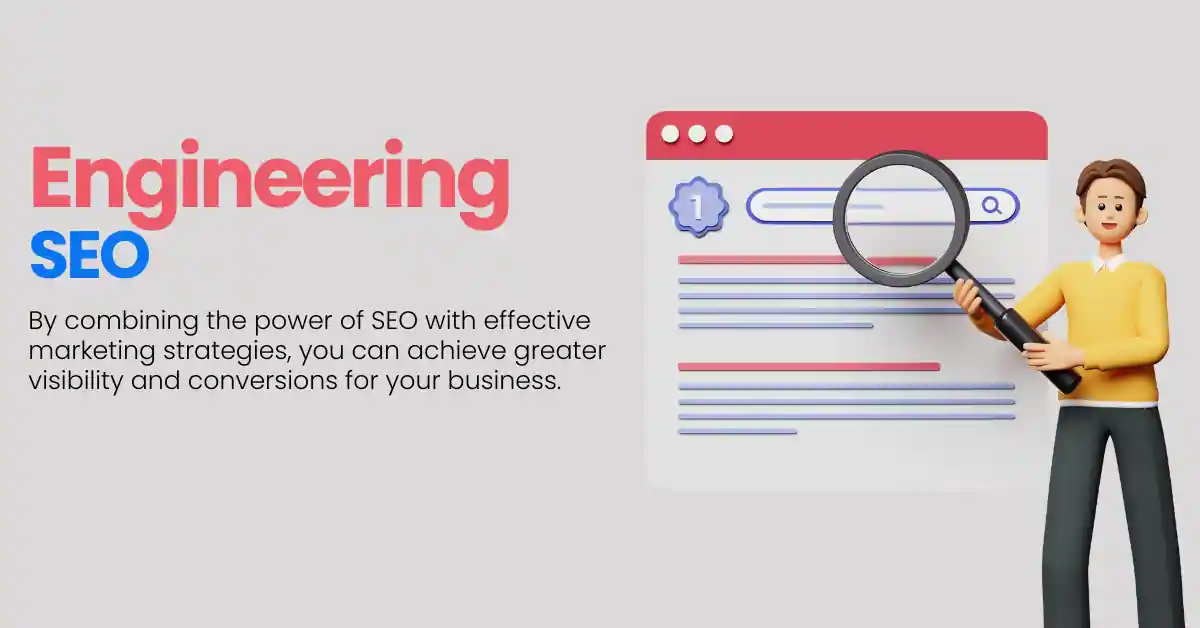Building Local SEO Outside Your Core Location is essential for businesses looking to expand their reach and tap into new markets. By improving your online presence in areas beyond your main location, you can reach a wider audience. This will help you gain more visibility and bring more visitors to your website.
In this article, we will look at ways to improve your Local SEO. These strategies will help you reach customers beyond your main area.
Table of Contents
ToggleWhy Expand Your Local SEO?
Benefits of Targeting New Locations
When you focus your Local SEO efforts beyond your primary market, you unlock new customer bases. This can lead to increased visibility, more website traffic, and ultimately, more sales. Why limit yourself to one area? There are many potential customers waiting for your services in other places.
Market Opportunities
You can reach an audience in a nearby city or a different area. They will connect with what you offer.
Understanding Local SEO Fundamentals
Before jumping into the tactics, it’s crucial to grasp the basics of Local SEO. This includes optimizing your online presence so your business appears in local search results. Familiarize yourself with concepts like Google My Business, local keywords, and citation building.
Researching Your Target Location
Analyzing Local Competitors
Start by understanding who your competitors are in the new location. Analyze their strengths and weaknesses, and see how you can position yourself uniquely. Are they missing something you can provide? This could be the key to your success.
Understanding Local Culture
Every location has its vibe and culture. Understanding local preferences, slang, and traditions can make your content resonate more with your target audience. Engage in local forums or even visit the area to get a feel for what people care about.
Setting Up Google My Business (GMB) for New Locations
Creating Multiple GMB Listings
One of the first steps to improve your Local SEO is to create Google My Business listings. Do this for each location you want to target. Each listing should be tailored to its specific audience, highlighting local offerings or events.
Optimizing Your GMB Profile
Ensure that your GMB profile is fully optimized. This means you need to fill out all the required information. You should also upload clear images. Regularly update your profile with posts about local events or promotions.
Local Keyword Research
Identifying Location-Specific Keywords
To effectively reach customers in a new location, you must use the right keywords. Tools like Google Keyword Planner can help you identify what people in your target area are searching for.
Tools for Keyword Research
Consider utilizing tools like Ahrefs or SEMrush for deeper insights. These platforms provide data on search volume, competition, and trends, helping you craft a strategic approach.
Creating Location-Specific Content
Blogging about Local Events
One engaging way to boost your Local SEO is by creating content around local events. Writing blog posts about festivals, markets, or community events can boost your search visibility. It can also help your brand become a local authority.
Engaging with Local Influencers
Partnering with local influencers can give your brand credibility and exposure. They already have an established audience that trusts them, and this can be a great way to reach potential customers.
Building Local Citations
Importance of NAP Consistency
Building local citations is crucial for Local SEO. Ensure your Name, Address, and Phone Number (NAP) are consistent across all platforms. This consistency helps search engines verify your business information and boosts your local rankings.
Best Citation Sources
Check local directories, review sites, and business listings that are popular in your area. Websites like Yelp, Yellow Pages, and local chamber of commerce listings are good places to create citations.
Utilizing Social Media for Local SEO
Social media is a strong tool for Local SEO. Share local content and engage with community events. Interact with your audience to build a lively online presence.
Platforms like Facebook, Instagram, and Twitter help you connect with local customers. They can also drive traffic to your website.
Measuring Success in Local SEO
Key Performance Indicators (KPIs)
To check if your Local SEO efforts are working, track key KPIs. These include website traffic, local search rankings, and GMB views. These metrics can help you measure how well your strategies are doing.
Tools for Tracking Performance
Use tools like Google Analytics and Google Search Console to track your performance. These platforms give you useful insights into your SEO efforts. This information helps you make better decisions.
Conclusion
Building Local SEO outside your core location is not just a strategic move; it’s a necessity in today’s competitive landscape. To understand your new audience, improve your online presence, and create engaging content.
This can help you increase your visibility and grow your customer base. Remember, the key is to be persistent and flexible. Always be ready to change your approach as you learn about your target markets.
FAQs
Q: What is Local SEO?
Local SEO helps improve your online presence to attract more local customers. This includes setting up a Google My Business listing, using local keywords, and building citations.
Q: Why is it important to expand Local SEO efforts?
Improving your Local SEO helps you reach new markets. This increases your visibility, website traffic, and potential sales, especially in underserved areas.
Q: How do I find local keywords for my new location?
Use keyword research tools like Google Keyword Planner, SEMrush, or Ahrefs. These tools help you find popular search terms for your target area.
Q: What is NAP consistency, and why is it important?
NAP stands for Name, Address, and Phone Number. Consistency across all listings helps search engines verify your business, improving your local rankings.
Q: How can social media aid my Local SEO strategy?
Social media platforms can help you connect with local audiences. They can promote local content and increase traffic to your website. This boosts your overall Local SEO efforts.






